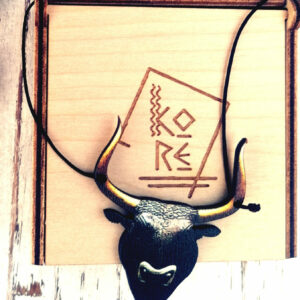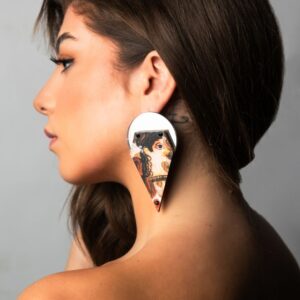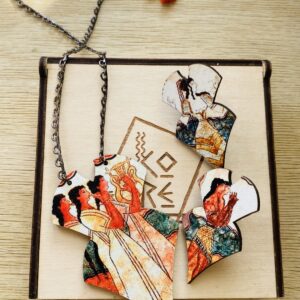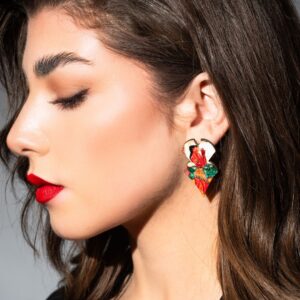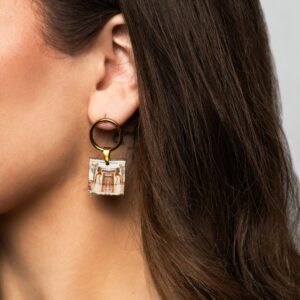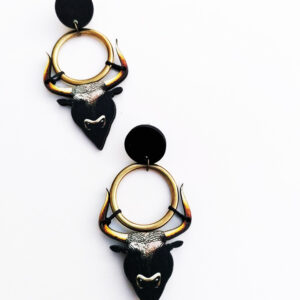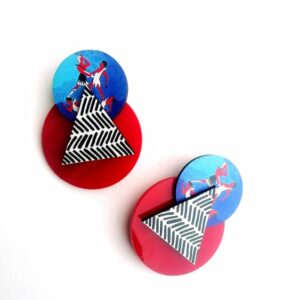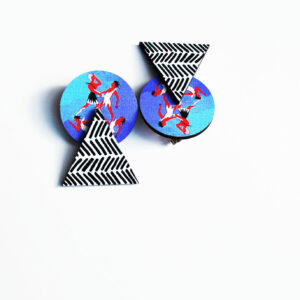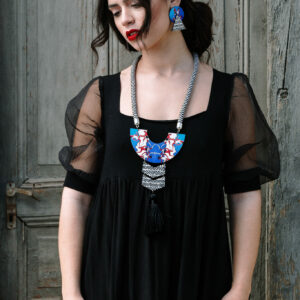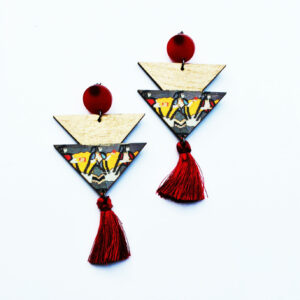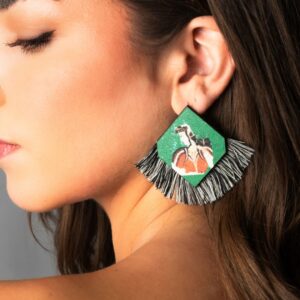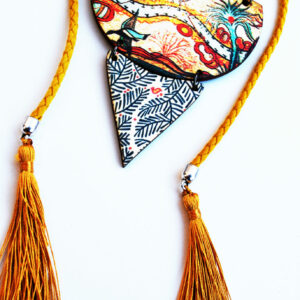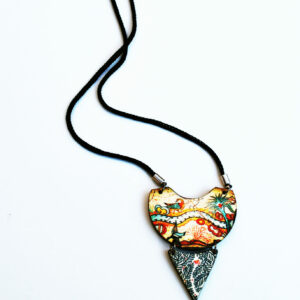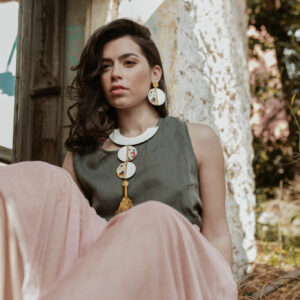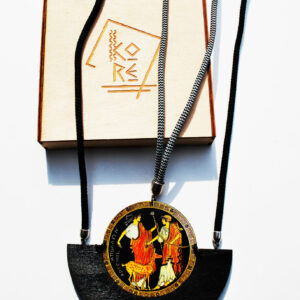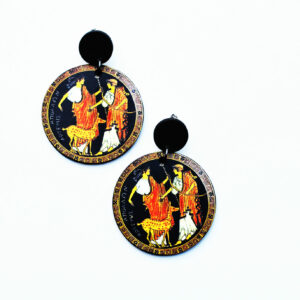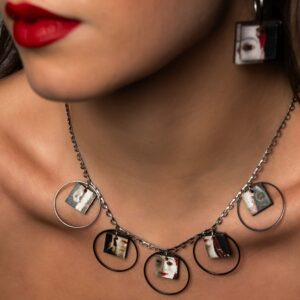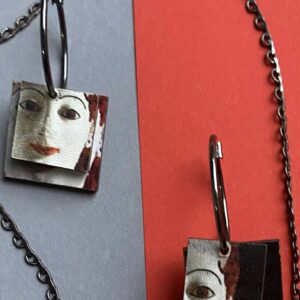Η σελίδα μας θα παραμείνει κλειστή για ένα διάστημα. Για πληροφορίες επικοινωνήστε μαζί μας στην σελίδα μας στο Instagram @korebyeliza
OPEN THE BOX, DIVE INTO GREECE
CRETE - KNOSSOS
La Parisiene
La Parisienne also known as the Minoan Lady, is part of the Camp Stool Fresco, which was probably painted on one of the walls of the palace of Knossos. The woman depicted is possibly a priestess or even a goddess.
It dates to the Final Palatial Period, ca. 1450-1350/1300 B.C

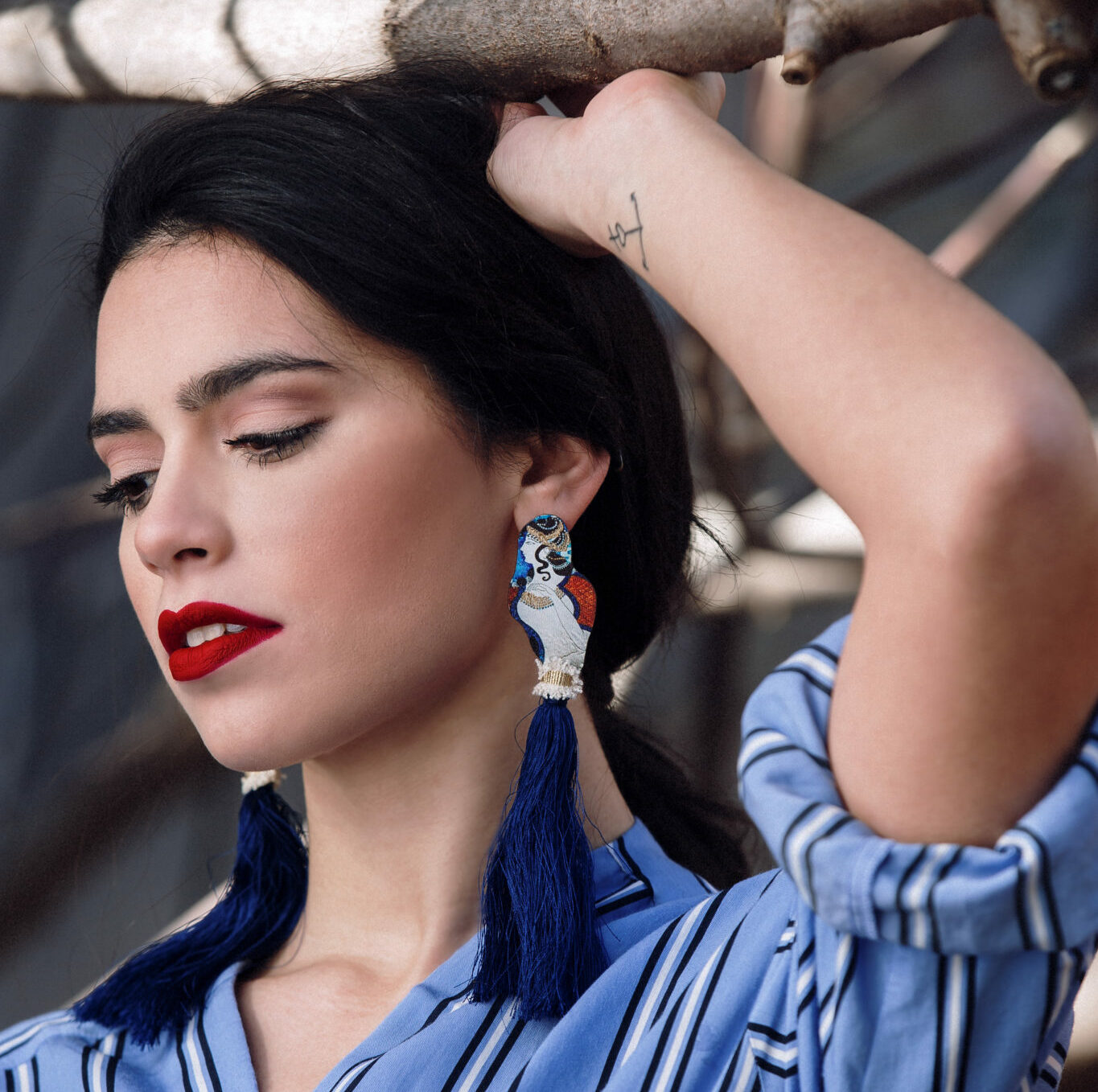
The Blue Ladies
The Blue Ladies are a beautiful fresco that adorned the ancient palace of Knossos. The small part of the image that has been saved reveals elaborate jewellery and rich woven dresses.
These wall frescoes date back to 1600-150 BC..
THE MYCENAEANS
The women of Thebes are heading towards the same direction. Some hold flowers, others precious objects (ivory compasses or stone vessels). They are luxuriously dressed in their distinctive garment , as well as the Minoan long skirt covered in beads and embroidery.
A fresco of Mycenaean women bearing gifts, 1,400-1,200 BC
AKROTIRI – SANTORINI
The Saffron Goddess (1600 B.C.) is a detail from a Minoan fresco depicting a saffron harvest. She sits supervising the plucking of flowers, which will be used in the manufacture of what is possibly a therapeutic drug.
CLASSICAL PERIOD
In the classical period of Greek mythology, Artemis was often described as the daughter of Zeus and Leto, and the twin sister of Apollo. She was the Hellenic goddess of the hunt, wild animals, wilderness, childbirth, virginity and protector of young girls. The deer and the cypress were sacred to her.
Apollo and Artemis. Tondo of an Attic red-figure cup by Brygos, potter, and the Briseis Painter, ca. 470 BC.
best in business
Why choose us
Cras malesuada dolor sit amet est egestas ullamcorper. Nullam in tortor mi. Maecenas vulputate libero

Big Discounts
Integer euismod blandit nunc sit amet sollicitudin. Fusce quis orci viverra, cursus justo.

Free Shipping
Integer euismod blandit nunc sit amet sollicitudin. Fusce quis orci viverra, cursus justo.

Secure Payments
Integer euismod blandit nunc sit amet sollicitudin. Fusce quis orci viverra, cursus justo.

Order Tracking
Integer euismod blandit nunc sit amet sollicitudin. Fusce quis orci viverra, cursus justo.


